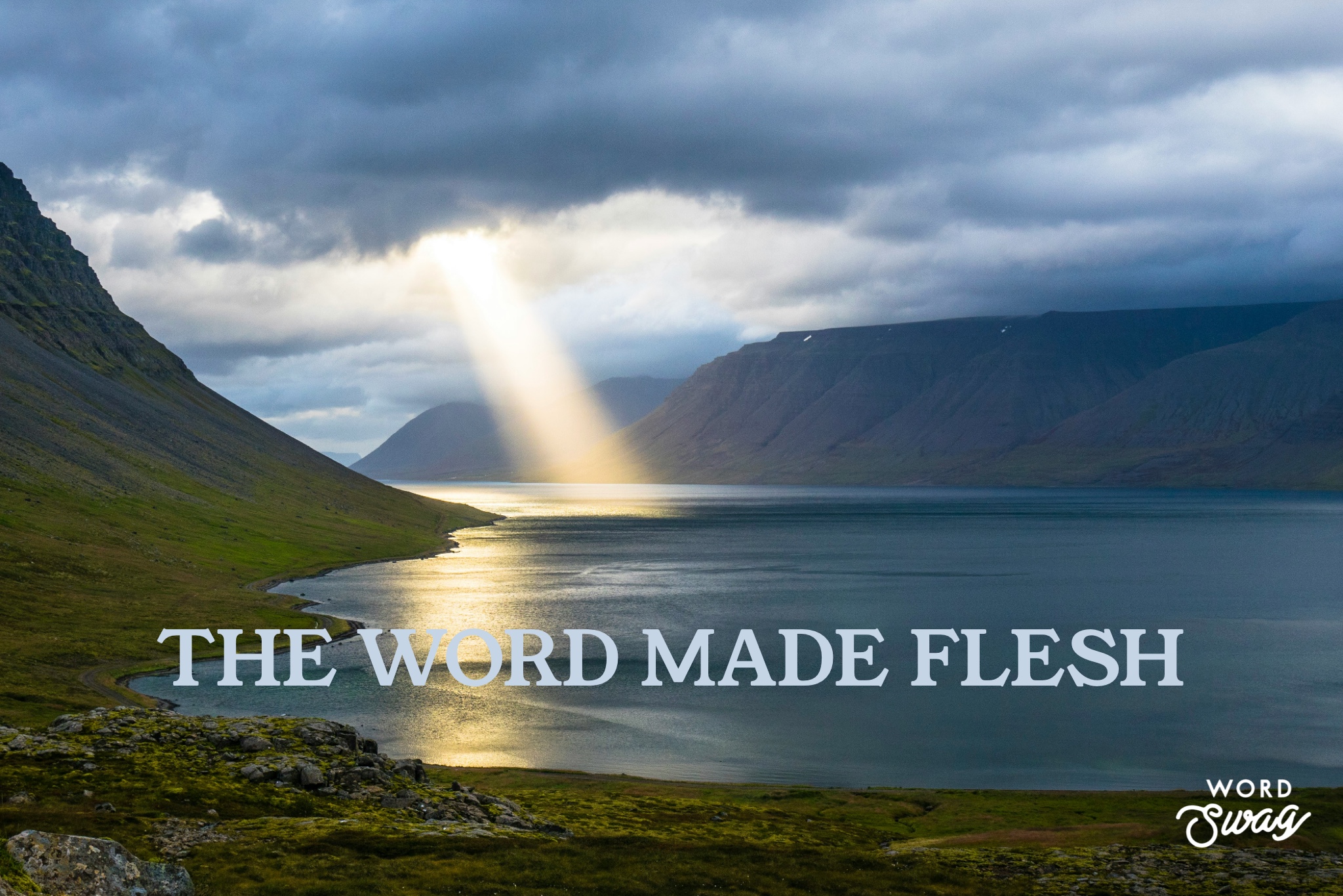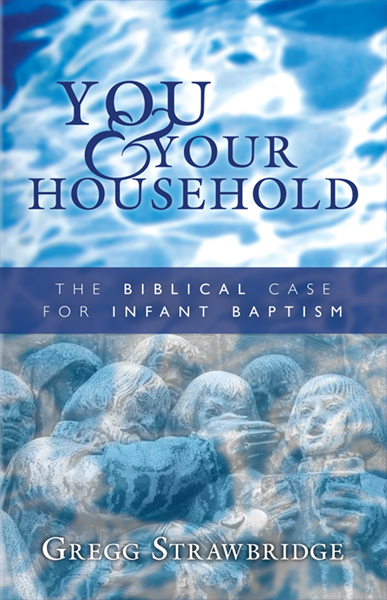The incarnation of God in the Christian faith is unique among the religions of the world. The Greeks had myths about the gods who dwelt on Mt. Olympus coming down and taking the form of men to play around with humans. The Hindus have a version of this as Vishnu takes the form of men, fish, or animals in what they call avatars to restore order in the universe but then returns to his original form. The Jews reject the idea that God can become man. Other religions have gods appearing as man or temporarily taking the form of a man, but no other religion has God permanently uniting himself with creation by taking on the form of a man.
Many people find it unthinkable that God would become a man for reasons ranging from dualism (the material world is evil, and “spirit” is good) to the nature of a god being inconsistent with permanently becoming a part of creation. The Creator-creature distinction is an ontological chasm that doesn’t allow deity to be united with creation.
Enter John the Apostle: “The Word was made/became flesh” (Jn 1:14). The Word introduced in John 1:1 as the Creator of Genesis 1, the one true and living God, “was made flesh.” John’s wording is careful. The verb translated “was made” or “became” is used twice more in his Prologue (1:1-18). The first time it is used is in 1:3, “all things were made through him.” The second time, it is used to speak of John the Witness (the Baptizer) in 1:6, “A man was made who was sent from God…” (rough translation to bring out the emphasis). John the Witness was a creature. John 1:14 uses it a third time with reference to the Word, the one who made all things is made flesh. The eternal Word unites himself with creation.
His becoming flesh is not a temporary status. He does not appear as a man for a little while but then resumes what he was before. He becomes flesh, permanently uniting himself with creation. A man sits at the right hand of the Father in heaven.
John doesn’t shy away from calling Jesus “a man” in other contexts, but he doesn’t use that language here. The Word becomes flesh. Flesh characterizes both man and beasts (Gen 7:15, 16, 21; 8:17; 9:11, 15, 16, 17; cf. also 9:4). In his unfallen state, Adam is flesh, and when he unites with Eve, they become one flesh (Gen 2:23-24). Flesh is not inherently corrupt, but it is subject to corruption and death. Flesh becomes the source of uncleanness that must be cleansed in order to draw near to God (cf. Lev 13, 14, 15). Jesus takes on flesh. He does so without sin (Heb 4:15), but he takes on the likeness of sinful flesh on account of sin so that he can condemn sin in the flesh (Rom 8:3). The Word takes on original creation flesh so that he can take the consequences of sin in order to cleanse our flesh.
Though it seems unthinkable to many that God would take on his creation in this way, he gave us types and shadows from the opening days of creation. God’s image, the one who reflects his glory, is made of flesh (Gen 1:26-28). God clothes himself in the totality of creation (Ps 104:1-4), and the created order is his garment of glory (Ps 19:1-6). The Tabernacle, God’s dwelling place and his “garments,” were made of the creation. The high priest, the image of God, is clothed with garments of glory and beauty from animals, plants, and minerals. God told us from the beginning, “My intention is to be fully united with creation.” In light of the types and shadows in Scripture, the incarnation should have been obvious. The incarnation has always been God’s plan.
Nevertheless, because of the way we conjure up pictures in our minds about what God can and cannot do, seeing his glory in the flesh surprises us. Some can’t accept it because “their god could never do this.” Well, their god is too small.















